Cassandra: Xmas Review - More on iPad Pro & Integration; Kim Dotcom & the DoJ; Local Efficiency (Sometimes)

AMITIAE - Friday 25 December 2015
|
Cassandra: Xmas Review - More on iPad Pro & Integration; Kim Dotcom & the DoJ; Local Efficiency (Sometimes) |
 |
|
|
By Graham K. Rogers
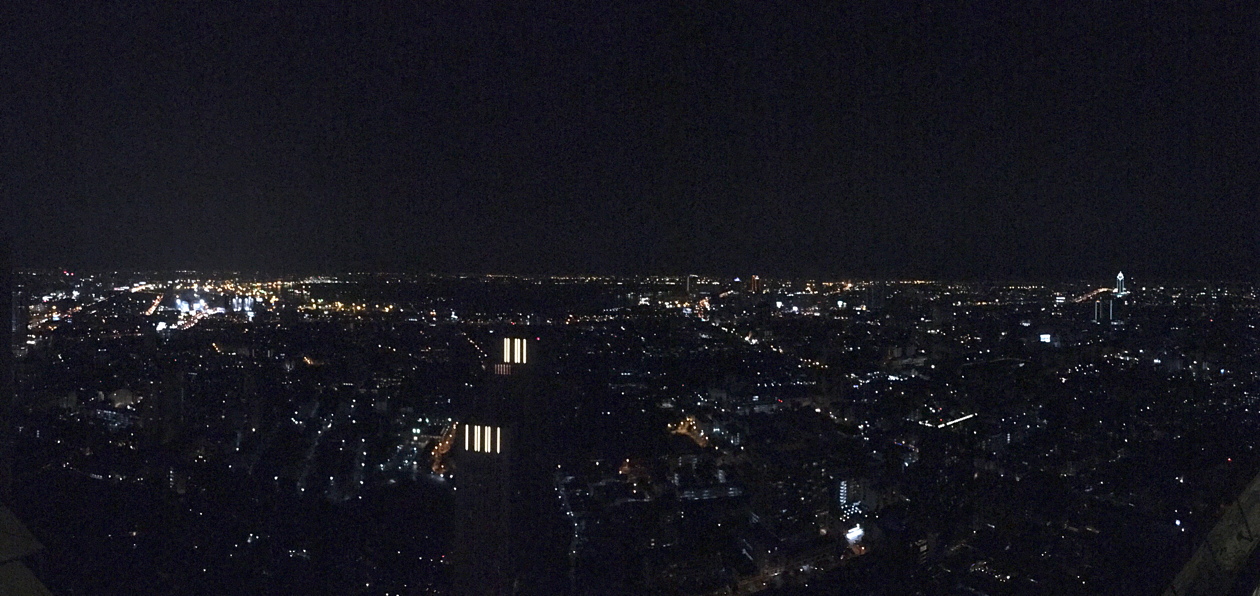
Examples include:
Also of interest, particularly following the political hype, is the view that ASEAN will have less of an effect than Silk Road 2.0; and infrastructure, leading to delivery shortcomings, is a major problem preventing growth.
I could not imagine for example moving all my data - everything - to the cloud. At current prices the fees would be so high; and there is always the risk in some locations that access would be problematic. Backup to disks is also difficult (if not impossible) from iOS devices as far as I know, so for these purposes, I would need a computer. I wrote then that two purposes would keep me tied to computers, at least part of the time: DSLR photography; and the use of a flatbed scanner for film negatives. Just after I wrote that, of course, Apple released its Lightning-SD card adapter which can download images to the iPad Pro, iPads and now (with the iOS 9.2 update) to the iPhones as well. I have tried the adapter and wrote about this last weekend. This device does mean I can now work directly with RAW images on the iPads and iPhones.
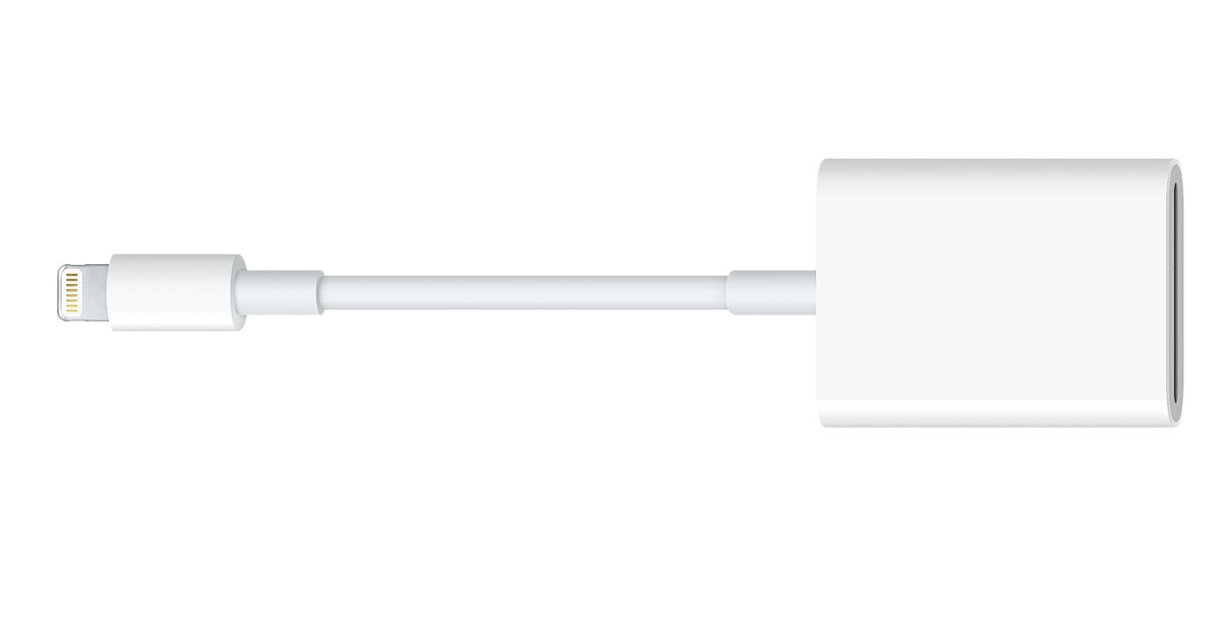
Once I had set the photos to NEF (RAW) only, the efficiency improved and Photos displayed the photo heading as RAW allowing me to edit them right away, once they were on the Mac. More important, I was able to edit these same RAW images on the iPhone or iPad Pro as soon as they were imported. When editing on the iOS devices, we are working in an optimised (non-RAW) image type. I then thought about the scanner. I use VueScan from Hamrick on the Mac and, while not cheap, this works really well. I did find that there is a version of VueScan for iOS. There is, however, a drawback. The app will not work with scanners that connect via USB, such as my Canon F9000. It allows the use of scanners that connect via Wi-Fi, such as those integrated scanner-printer devices. No luck for me there.
I have put that in the Bangkok Post, on my site, and spoken directly to Apple personnel. It has been noted. Whether or not that will cause any change, I do not know. I will wake up one morning and the Thai store will have English as well as Thai. Or not. My particular enjoyment is the way the hardware and the software integrate and the more devices I use, the more this is evident, sometimes to the point of overkill, for example with a Facebook message arriving on the Apple Watch, the iPhones, and the iPads. But not exactly together, depending on the OS and the connections. The iPhone 6s Plus might go off first, then the iPad Pro, then the iPad Air 2 in the bedroom, and then the iPhone 6s, followed by a vibration on my wrist and a sound as the Watch joins in. Most of the time, they are not together of course.
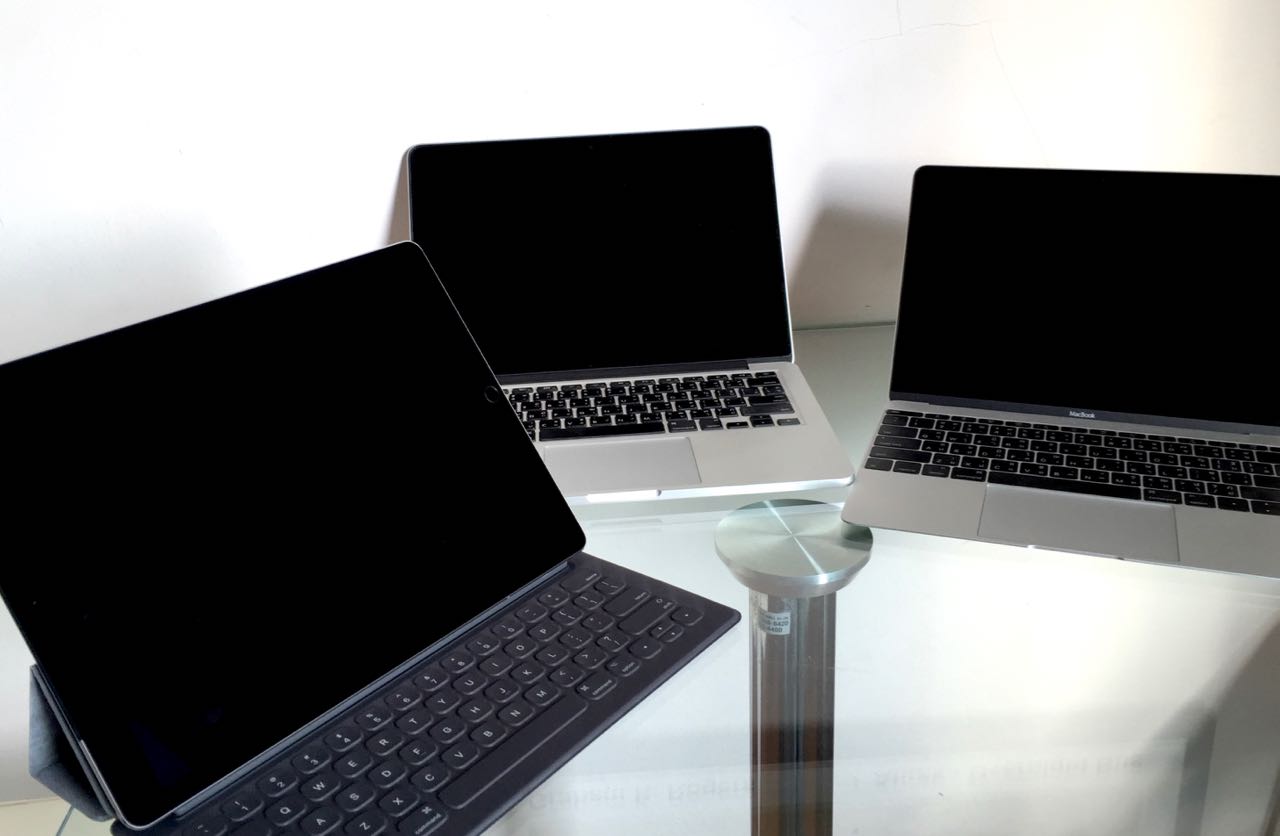
Integration - iOS and OS X Devices
I was prompted to think about this by the words of William Gallagher on MacNN who like me has gone through the iPad Pro arrival but is worried that, because it is so straightforward, " familiarity really does breed contempt". Like me too, he is concerned with the ways Google wants us to keep signing in, "does things I don't want, is just always in the way." Despite his misgivings, it fills him with pleasure; and he struggles "to imagine ever swapping to something else". I concur.
He hated the MacBook and the iPad Pro (unusable, no functionality). His criticism of Live Photos that he has "yet to see a single Live Photo that doesn't just look like somebody accidentally took video" is exactly right: that is supposed to be what it looks like. Move along, move along, nothing to see here.
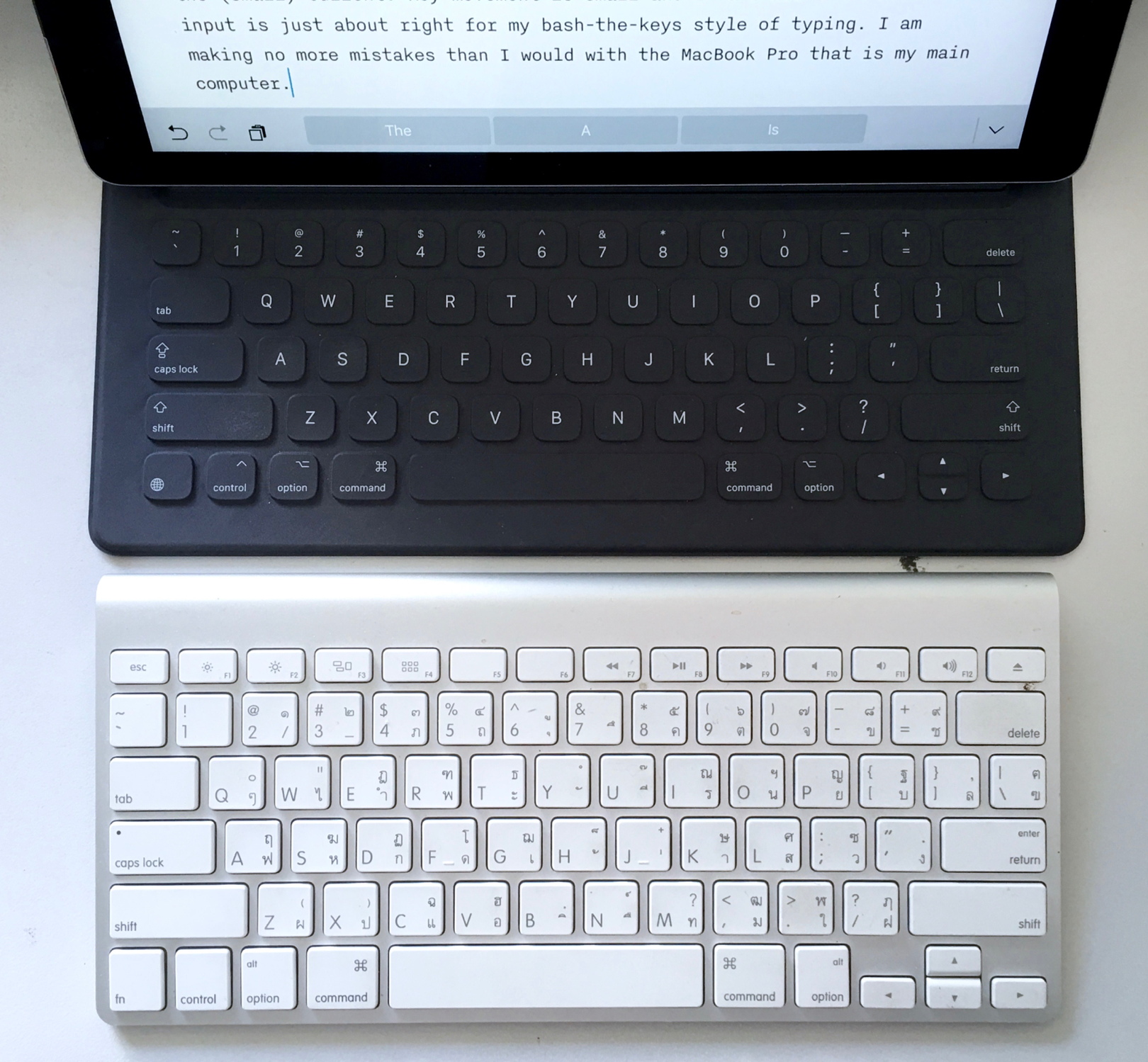
Now it is reported by Chris Velazco on Engadget (and several others) that Apple is to claim another $179 million in supplemental damages because some older Samsung phones violated Apple patents. I am sure that more than one tech writer for whom Apple can do no right is apoplectic this morning.
When he was followed to his car they saw several Apple bags in the trunk. When stopped a short while later (moving away from the scene is good evidence), they found 470 iPhones in there, iClarified reports. That little lot comes to $292,000, but there was paperwork to indicate some $585,000 in other transactions and they expect this to grow somewhat.
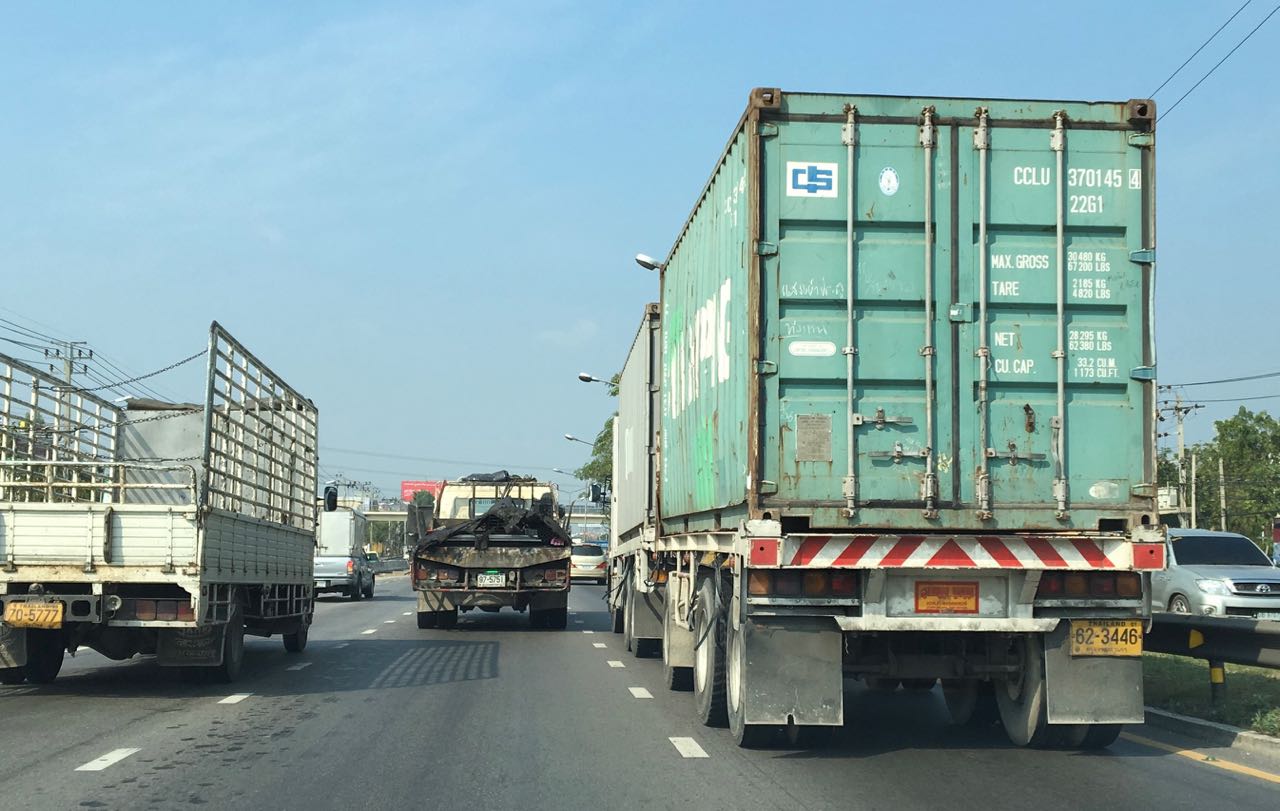
The USA seems to want it all ways too with some cases. Most notable recently has been the case of the Internet entrepreneur Kim Dotcom whose online businesses have sailed close to (and sometimes across) the lines of legality, which brought him to the attention of the US Department of Justice. He is German-Finnish born, and resides in New Zealand. He has never been to the USA but was placed under arrest in New Zealand for criminal copyright infringement (pirated content) at the request of the US Government. He lost one stage of the extradition proceedings this week but there could be an appeal. The way that Judge Nevin Dawson and the US DoJ seem to have played fast and loose with making laws fit the facts is outlined by Mike Masnick on TechDirt. To write the article, he read through all 271 pages of the decision. "The key issue in the extradition fight is whether or not copyright infringement is an extraditable offense," but because it is not under the treaty between the US and NZ, the DoJ resorted to conspiracy charges. These have been used by many countries as a way to circumvent laws and in some cases (1963 Great Train Robbery, UK) to ensure punishment is greater. Masnick has a good grasp of both sides of the argument but suggests that, liable for extradition or not, the judge has taken many statements out of context. This may help any appeal.
Except that this program was so corrupt and caused so many obvious travesties, that this week, Christopher Ingraham writes on The Washington Post, the Department of Justice suspended it (sic). Needless to say, law enforcement was less than impressed and there was much wailing and gnashing of teeth. An extensive outline of the processes and the twists that the Department of Justice went through to seize everything from Kim Dotcom they can is provided by Mike Masnick on TechDirt. Because he was being extradited, he was regarded as a fugitive; but this shows how the US "can use some ridiculous procedures to steal millions in assets from someone who hasn't been shown to be guilty of anything." There may be some legal hope for certain assets in New Zealand and Hong Kong, but some smart lawyer had better start work on laying a smokescreen to block the transfer of those assets to the US.
Information on how developers can incorporate this into their apps is available on the Apple Developer site
No matter, I could use Counter Service: the Fast Lane process as they put it. Instead of a queue number I was handed a print-out with a dense QR code on it and the total amount due. Optiscan could not read that, but I expect that was because it was an internal code, so not on the Internet. I waited, and I waited. I heard some numbers being called, but then noticed 3 or more staff sitting behind their screens with no customers. After a short wait, one of them asked me if I wanted to make a payment. I moved to the counter, handed the slip over and 1,000 baht with the bills. As I say, I couldn't scan the QR code, but the girl couldn't scan either; and a brief conversation of 2 or 3 staff members ensued. Finally the code was scanned (with the bills and their bar codes on the desk alongside), I was given a receipt and I walked out. I guess if True makes enough customers decide never to go back again to the shops and pay instead at other sources (7/11, banks), efficiency will improve at the stores.
Graham K. Rogers teaches at the Faculty of Engineering, Mahidol University in Thailand. He wrote in the Bangkok Post, Database supplement on IT subjects. For the last seven years of Database he wrote a column on Apple and Macs. He is now continuing that in the Bangkok Post supplement, Life. |
|

For further information, e-mail to
Back to
eXtensions
Back to
Home Page